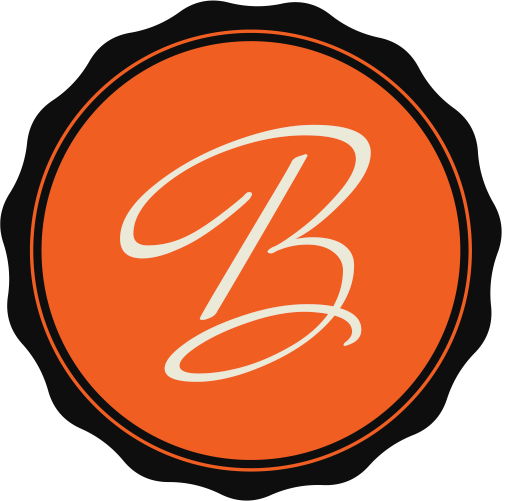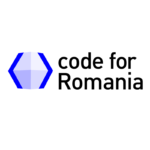CRM stands for Customer Relationship Management. A little vague, isn’t it?
CRM is actually a process of collecting and analyzing data about potential and existing customers, which aims to attract and retain them in the long run. Most of the time, however, the term refers to a database software that gives you detailed information about the profile of your customers, their needs, and the next steps in interacting with them.
Everything so that you can offer them a personalized experience and implicitly to increase your sales in a proactive way, based on real information.
Why does a CRM matter?
Studies show that you have 60-70% more chances to sell to an existing customer, compared to 5-20% to sell to a new customer. Therefore, you want to know as many details about them as possible, in order to offer them a pleasant, carefree experience, at every contact with your company.
But you can’t do this if the information is scattered in different places like a sales email or an accountant’s bills.
Your customers will feel this. For example, when one of them calls customer support, their impression is that they are talking directly to the company as an entity, even if in reality they are interacting with one or more representatives. Therefore, the latter must be aware and have at hand the history of customers (latest orders, complaints, reviews, etc.) to serve them promptly and in the right context, without wasting time asking for additional information.
A CRM system can help the whole team make customers feel appreciated and satisfied. An aspect that will cause them to turn to your company’s services again, may even recommend it further.
What is a CRM system?
A CRM system is a program for collecting and analyzing each point of contact with the customer.
We are talking here about data sent through forms, responses to marketing campaigns, conversations with the support service – which are available to everyone in the team in the form of a well-organized database. And that can be used to anticipate customer needs, optimize retention rate and increase teamwork.
Specifically, the implementation of a CRM system helps to forecast sales, customer segmentation, planning marketing campaigns, developing new features and services, which implicitly leads to an increase in turnover and profit.
Cum ajută un sistem CRM fiecare departament
Am stabilit deja că scopul unui sistem CRM este de a gestiona relația cu clienții în așa fel încât să îi fidelizeze și să îi transforme în clienți recurenți. De aceea, CRM-urile sunt confundate drept programe care deservesc exclusiv echipa de vânzări.
Deși așa au fost concepute când au fost introduse inițial în anii ‘80, sistemele CRM au evoluat în așa manieră încât să deservească fiecare departament al unei firmei. Hai să vedem cum:
- Vânzări – Ajută la determinarea duratei ciclului de vânzări, îmbunătățirea ratei de conversii de la client potențial la clienți real, stabilirea comisioanelor de vânzări, și asigurarea unui flux continuu de vânzări (pipeline).
- Marketing – Cunoașterea mai amănunțită a clienților permite o segmentare mai precisă a bazei de clienți, planificarea de campanii de marketing targetate, identificarea de oportunităti noi de promovare, și atragerea unui număr mai mare de clienți satisfăcuți.
- Relații clienți – Centralizarea datelor legate de clienți într-un singur loc duce la îmbunătățirea serviciilor oferite și scurtarea timpilor de așteptare, ce are un impact direct asupra recenziilor primite.
- Programare – Analiza interacțiunilor cu clienții contribuie la îmbunătățirea serviciilor și dezvoltarea de funcționalități noi ce vin în ajutorul acestora și al celorlalte departamente.
How a CRM system helps each department
We have already established that the purpose of a CRM system is to manage the relationship with customers in such a way as to retain them and turn them into recurring customers.
Therefore, CRMs are confused as programs that exclusively serve the sales team.
Although designed as they were originally introduced in the 1980s, CRM systems have evolved to serve every department of a company. Let’s see how:
- Sales – Helps at determining the length of the sales cycle, improving the conversion rate from lead to actual customers, establishing sales commissions, and ensuring a continuous flow of sales (pipeline).
- Marketing – More in-depth customer knowledge allows for more accurate segmentation of the customer base, planning for targeted marketing campaigns, identifying new promotional opportunities, and attracting more satisfied customers.
- Customer relations – Centralizing customer data in one place leads to improved services and shortened waiting times, which has a direct impact on reviews received.
- Programming – The analysis of customer interactions contributes to the improvement of services and the development of new functionalities that come to their aid and those of other departments.
What are the advantages of a CRM?
In addition to the main advantage of increasing turnover, a CRM system has other less obvious benefits such as:
- Increasing customer retention rate – A customer management program is a good tool in maintaining a high level of satisfaction, as it regularly reminds you to send emails to the right customers – even those who have probably not been contacted in a long time and feel neglected.
- Automating internal processes – Keeping track of customers has never been easier. A CRM system saves the entire team from collecting phone numbers, email addresses, and previous conversations. All this information is centralized automatically. In addition, a high-performance system comes bundled with email templates, offers, newsletters that can be customized on the spot, thus saving you time.
- Improving communication – Effective intra-departmental communication ensures better customer service. Using a CRM system, sales people can learn from each other how to resolve common objections. While customer representatives can create a knowledge base or predefined answers to certain requests.
When do you know you need a CRM?
The need to implement a CRM system usually arises long before the actual implementation. You still have 10 clues to find out if you need a CRM:
- Data about your customers is scattered in several places.
- You do not have your customers’ order or payment history at hand.
- You do not realize which are the most bought products in a certain period and why.
- The information related to the activity of your company (stocks, employees, salaries) can be found in several files.
- Each salesperson uses their own agenda to keep track of activities.
- It is difficult for you to monitor the activity of each sales person.
- You have to make reports in Excel, based on outdated information, both you and the rest of your employees.
- Your employees use WhatsApp, Google Calendar, and other third-party apps to schedule work.
- Your customers interact with more people on your team.
- The departure of an employee, usually a sales person, leads to the loss of customers or their contact details.
If you meet one or more of these criteria, it’s time to centralize your data in one place to maximize your sales, and therefore your business success, with the help of a CRM.




